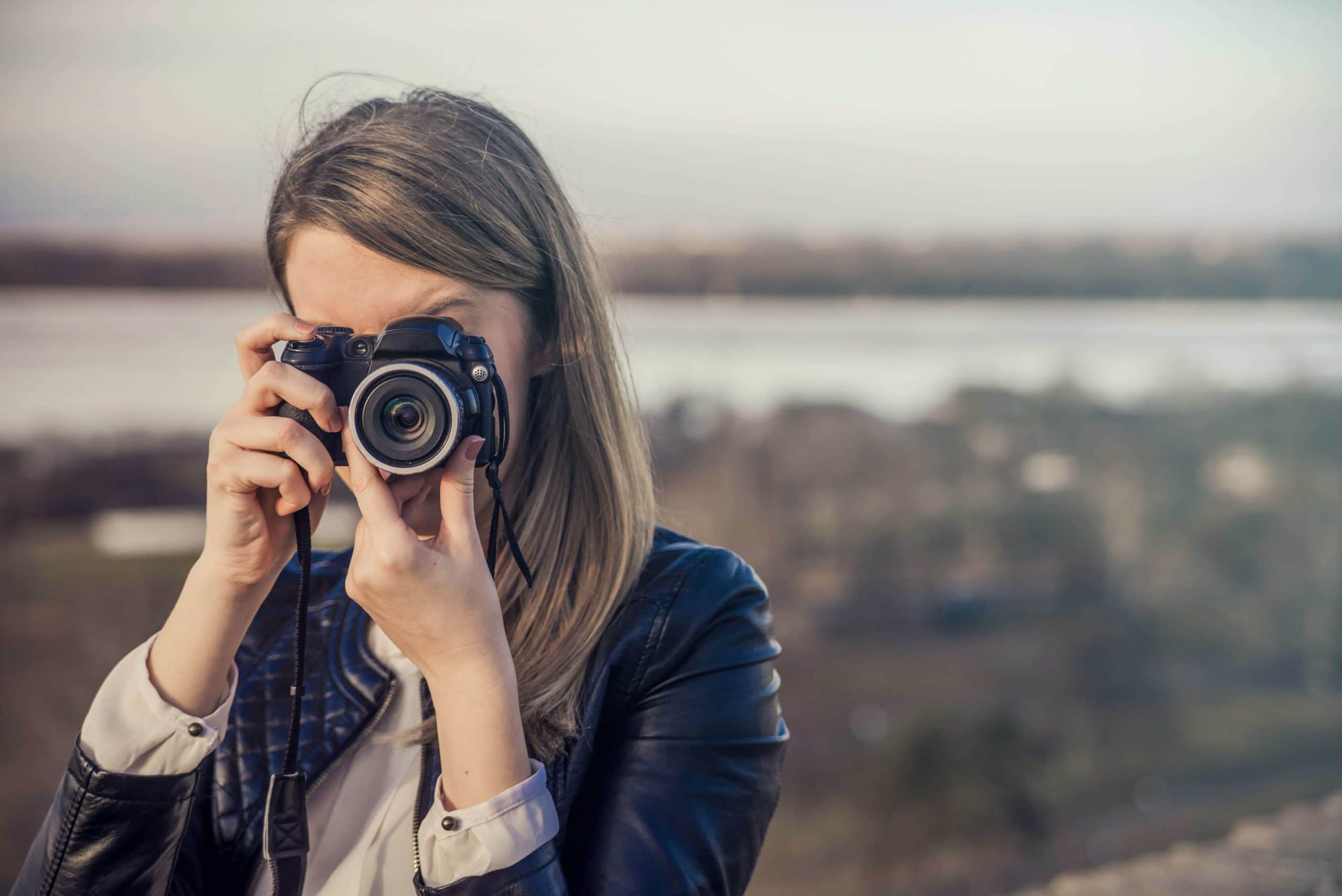Learning to photograph in manual mode is the dream of many beginner photographers, whether it’s learning more about their equipment or opening up new possibilities for their images, taking on this challenge is a big step forward in their career as a photographer.
After all, if you master all the details of your team, you’re much more likely to unleash your creativity and get innovative images.
- However.
- To take advantage of this freedom of camera settings.
- You need to understand in detail how it works.
- What manual mode is.
- And what criteria influence its use: aperture.
- ISO.
- And shutter speed.
See this article how to properly photograph in manual mode and capture amazing photos. Know the secrets to properly adjust your photographic equipment and avoid bad exposures in your images. Take a look!
How do I activate the manual mode of my DSLR camera?
To activate the manual mode of your camera, simply turn the button in the letter M. See how to do this in the image below:
However, you should also understand what manual camera mode is and then learn how to take pictures with it.
DSLR cameras have different types of shots, each with its pros and cons. Depending on the type of photograph to take, one is more recommended than the other.
However, when you learn how to photograph in manual mode, you should be careful that the camera settings are up to you, i. e. the computer will not attempt to compensate for the failures of its settings or suggest predefined settings.
For this reason, control is in the hands of the photographer and the responsibility for the final result is entirely his.
This shooting style is usually used when the professional wants to achieve a unique effect on his photographs, such as a Low Key or High Key photo, for example, in this case it is impossible to get the correct exposure with camera interference, so the photographer switches to manual mode and fully controls the settings.
In addition, novice photographers can also use manual mode to learn more about their equipment and bring different perspectives to their images. The idea is to unleash creativity and innovate in your photographs.
Now that you know what manual mode is and how to activate it on your DSLR camera, come on, it’s time for you to finally learn how to take photos in manual mode and what settings need to be made to capture images this way.
As you know, lighting is one of the main prerequisites for good photography, the brighter the scene, the sharper the image becomes, so that the image is seen directly through our eyes and to capture the camera lens.
Therefore, the secret is to understand how light works and adjust settings accordingly to have excellent exposure to your photo. See below what interferes with these settings and how to configure them correctly.
The aperture of the camera lens is also called ”F stop” and this refers to the size of the frame visible by your photographic equipment. Generally speaking, the lower the aperture, the smaller the area that remains clear in your photo and vice versa.
Aperture also influences the light entering the camera sensor, so the greater the aperture, the more light the image will have. With this effect, you can highlight an object near the camera, for example, and blur the entire background behind the protagonist. of the scene.
Now, if you want a different effect, don’t blur the background and leave the whole scene visible, for example, you’ll need a smaller aperture, that is, a lens with a small aperture to limit the light input to leave the background focused as well.
ISO is also a setting that regulates brightness, but in this case it is the sensor’s sensitivity to light. The higher the ISO number, the more light the camera sensor will capture and the brighter the scene will be.
Generally, higher sensitivities are used in dark or low-light places, weak in more illuminated environments. In the first case, you want to make the most of the available light, in the second case, you want to reduce the light input to control the scene.
The only thing to keep in mind when adjusting is the sound of the image. The brighter the scene, the greater the sensitivity, the more grainy the photo. Therefore, be sure to choose the correct settings, with enough lighting, but without committing the image definition.
Shutter speed, on the other hand, determines how long the camera sensor is open before recording the scene. The speed is measured as follows: 1/125, for example. The number 1 is the opening of the shutter and 125 the time it remains open, in this case, 0. 008 seconds (1 divided by 125 – 0. 008 fraction of a second).
The smaller the number, the longer the sensor will be exposed to light (the longer it stays open), the brighter the scene. When this number increases, the shorter the aperture time and the less light will enter the sensor. The image also freezes, making it easy to capture moving objects, for example.
What needs to be taken into account is that the lower the shutter speed, the greater the chances of a movement being captured, this includes both moving the subject to photograph and shaking the camera, so in the case of very low speeds, it is always recommended to use a tripod and adopt this setting only for static objects.
And then you managed to learn how to photograph in manual mode and capture amazing images?Share your thoughts below and share your expectations with us.

